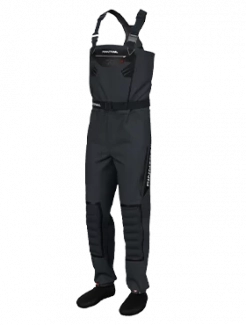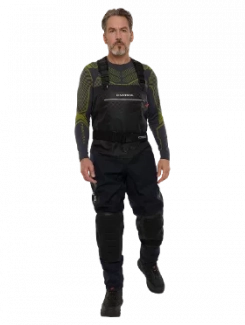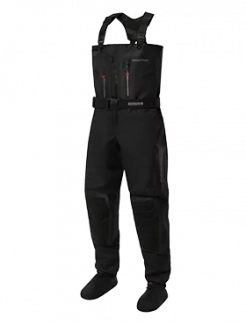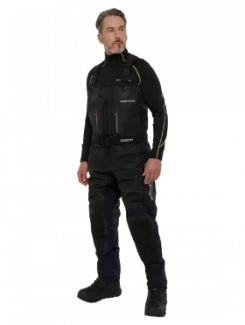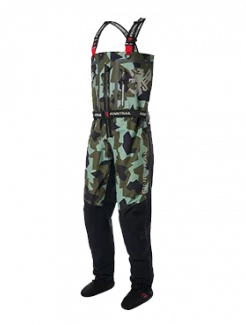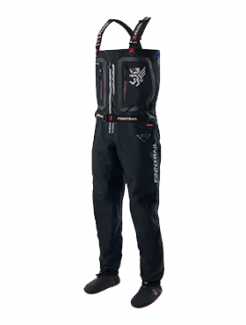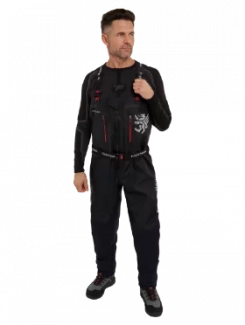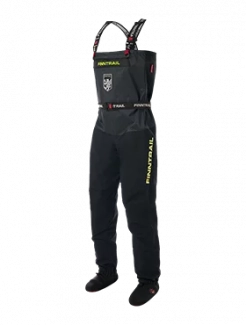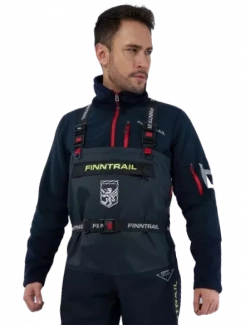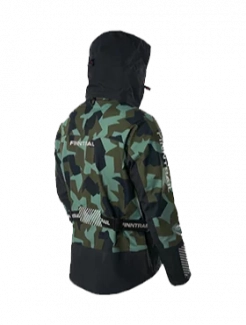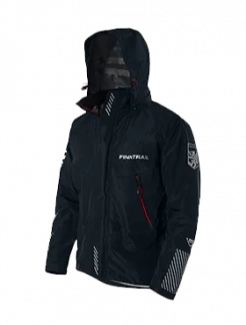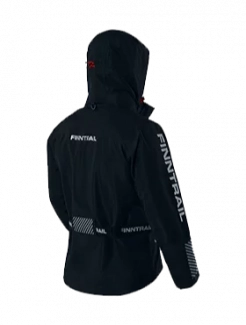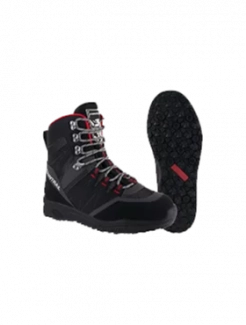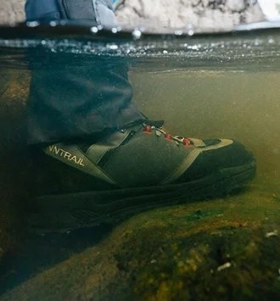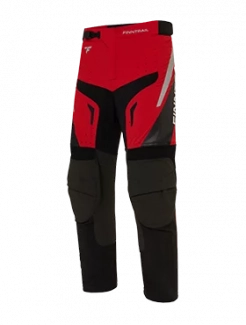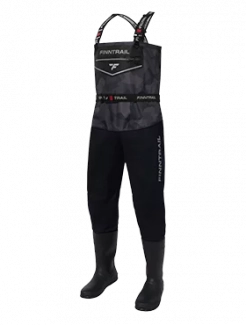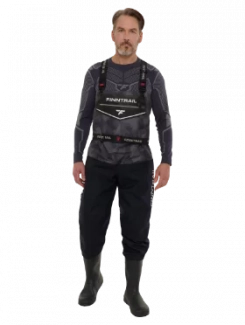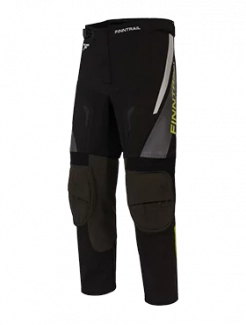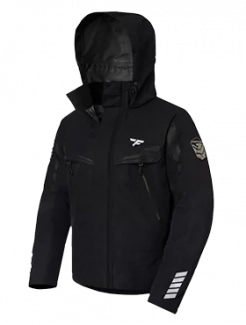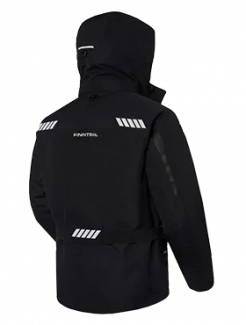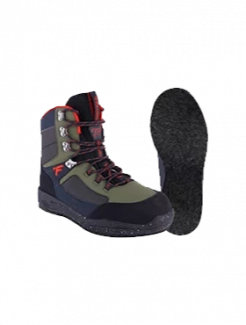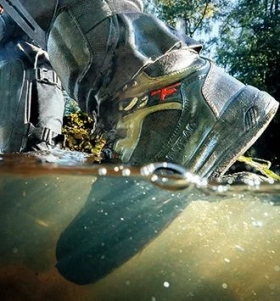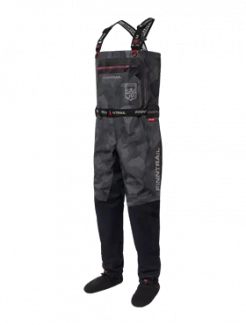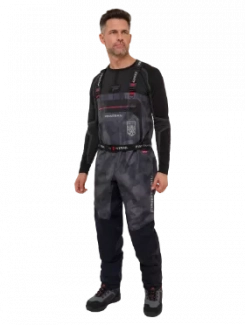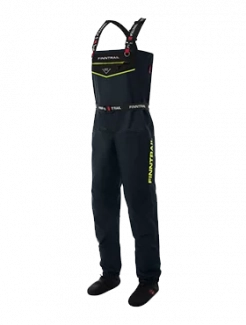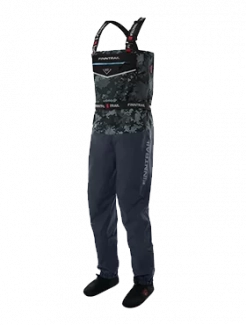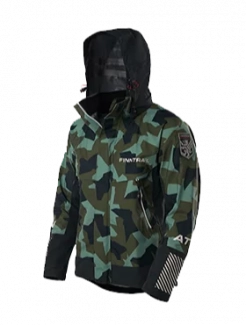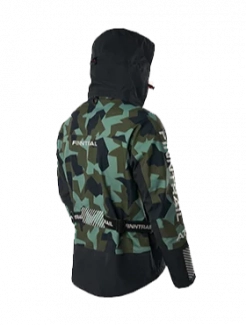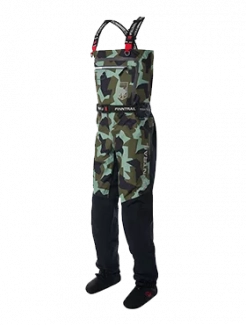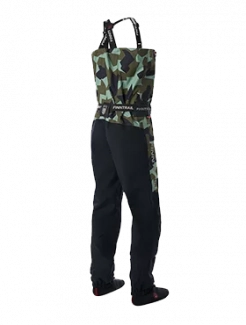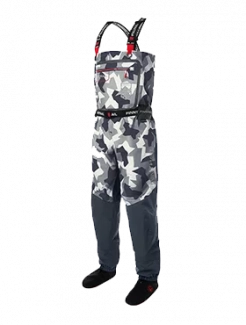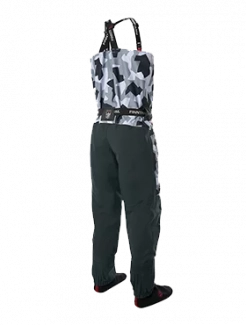Hit the Trails: What to Know Before Your First Four-Wheeler Ride
Riding a four-wheeler is an adventure unlike any other. The rumble of the engine, the dirt flying behind you, and the open trail stretching out ahead can make every ride feel unforgettable. Few activities combine the rush of speed, the challenge of rugged terrain, and the freedom of exploring the outdoors quite like off-roading. But while it might look simple—just hop on and press the throttle—there’s much more to it than meets the eye. For beginners, understanding the basics of starting, controlling, and safely enjoying a four-wheeler can make the difference between a great first ride and a frustrating, even dangerous one.
This guide covers everything a beginner should know: how to start your machine, tips for handling it on the trail, safety basics, choosing the right machine, and small but important habits that will build your confidence over time.
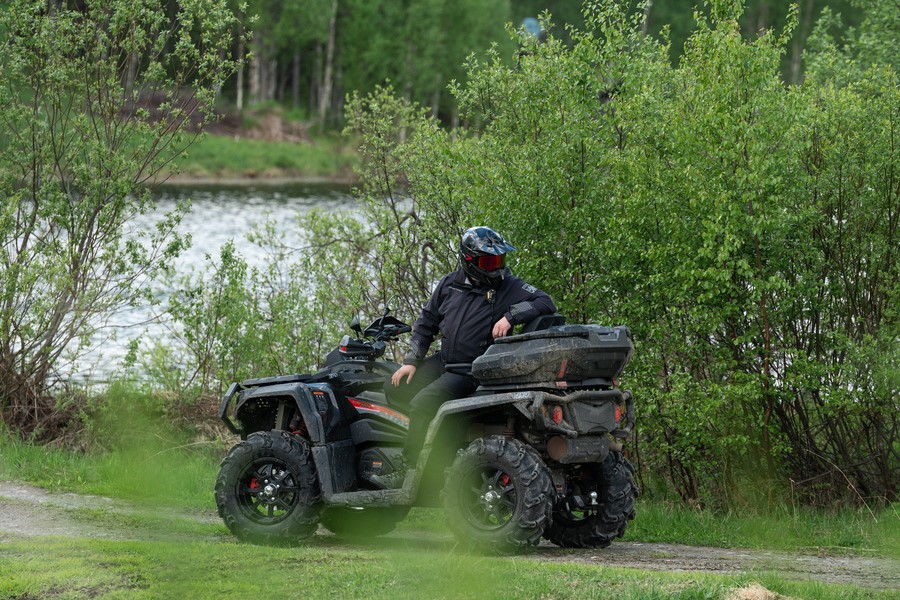
How to Start a Four Wheeler for Beginners
The very first step to any ride is simply getting your machine started. It might sound obvious, but for someone new, the process can feel a little intimidating. Luckily, it quickly becomes second nature once you’ve done it a few times.
Before even touching the ignition, gear up properly. A helmet, goggles, gloves, boots, and durable riding clothes are not optional—they are your first line of defense against flying debris, branches, mud, and potential falls. Even short rides on easy trails can surprise you, and being properly dressed will help you avoid unnecessary injuries.
Once geared up, inspect your ATV. This routine check only takes a few minutes but can save you from breakdowns or accidents:
-
Tires: squeeze or press them to check firmness. Underinflated tires reduce control, while overinflated ones make rides bouncy and unsafe.
-
Fuel and oil: make sure your gas tank is topped up and oil levels are correct.
-
Brakes and throttle: test both to ensure smooth response.
-
Gear shift: confirm the ATV is in neutral before starting.
Most modern four-wheelers start with a push-button ignition. To get it going, sit firmly, press the brake, and then hit the start button. If your machine uses a key start, the process is similar. In cooler weather, allow the engine to idle for a minute so the oil circulates and the machine warms up. This small pause ensures smoother performance and prevents stalling early in your ride.
Four Wheeler Driving Tips for Beginners
Once you’re moving, the fun truly begins. However, first-time riders often underestimate how much control and awareness are required to handle an ATV properly. Unlike a car, a four-wheeler responds directly to your body position, balance, and small inputs on the throttle or brakes.
Here are some essential four-wheeler driving tips for beginners:
-
Stay relaxed: many new riders grip the handlebars so tightly that their arms tire quickly. Instead, keep your elbows slightly bent and your hands firm but not stiff. This allows you to absorb bumps naturally.
-
Use body positioning: balance is everything. On climbs, lean forward to keep weight over the front wheels. On descents, shift your weight back to stay stable. When cornering, lean into the turn rather than fighting it.
-
Eyes on the trail: your ATV tends to follow where you look. Don’t stare down at your wheels or hands—scan the path ahead for rocks, ruts, or sudden turns.
-
Smooth throttle and braking: jerky motions can cause loss of traction, especially on gravel or mud. Learn to apply steady, gradual pressure.
Practice makes perfect. Start on easy, wide trails where you can get comfortable. Over time, these simple four wheeler driving tips for beginners will become second nature, and you’ll handle bumps, hills, and turns with growing confidence.
Four Wheeler Safety Tips
Safety isn’t about spoiling the fun—it’s what makes riding enjoyable for the long haul. ATVs are powerful machines, and even at low speeds, they can tip or roll if handled recklessly. Following these basic four wheeler safety tips will keep your rides exciting without unnecessary risks:
-
Always wear a helmet. It’s the single most important piece of protective gear. Goggles, gloves, boots, and padded clothing complete the setup.
-
Ride solo unless designed otherwise. Many ATVs are built for one rider only. Carrying passengers on a single-rider ATV raises the risk of tipping.
-
Stay off paved roads. Four wheelers are designed for trails, not highways. Riding on pavement reduces control and increases accident risk.
-
Never mix alcohol with riding. A split-second decision is all it takes to avoid or cause an accident.
-
Know your limits. Don’t try advanced trails or high speeds on your first rides. Start with easy ground, build your confidence, and progress naturally.
These guidelines may sound simple, but they are the foundation for safe riding. Respecting the machine and your own limits ensures that you spend more time enjoying trails and less time worrying.
Choosing the Best 4 Wheeler for Beginners
Not all ATVs are created equal, and your choice of machine can shape your entire learning experience. Many new riders are tempted by big, powerful models, but starting small is usually the smarter choice.
-
Engine size: the best beginner four wheeler typically ranges from 250cc to 400cc. This range gives you enough power to enjoy trails without overwhelming you.
-
Transmission: automatic or semi-automatic transmissions let you focus on steering and balance without worrying about constant gear changes.
-
Fit and comfort: sit on the ATV before buying. You should be able to sit upright, reach the handlebars comfortably, and place your feet firmly on the rests. A machine that feels too big or heavy will make learning harder.
-
Reputation: brands like Honda, Yamaha, Polaris, and Suzuki all make reliable entry-level models that balance durability with beginner-friendly handling.
Extra Tips for a Confident Start
Once you’ve mastered the basics, a few extra habits can take your riding to the next level.
-
Practice braking on different surfaces. Dirt, gravel, mud, and grass all react differently under your tires. Knowing how your ATV stops in each condition builds valuable muscle memory.
-
Ride with friends. It’s more fun, and it’s safer. If something goes wrong, someone is there to help.
-
Carry essentials. A small toolkit, water, snacks, and a charged phone can make a big difference if you get stuck or lost.
-
Respect trails. Stick to marked paths, avoid damaging vegetation, and slow down near wildlife or hikers. Responsible riding keeps trails open for everyone.
-
Maintenance matters. Wash mud off after rides, check oil regularly, and schedule periodic service. A well-maintained ATV is safer and more enjoyable to ride.
These may feel like small things, but combined, they build your confidence and let you focus on the adventure instead of potential problems.
Final Thoughts
Learning how to ride a four wheeler for beginners is about patience, practice, and preparation. From starting the engine correctly to following four wheeler driving tips, every small step builds your confidence. Choosing the best beginner four wheeler ensures you have the right foundation, while remembering simple safety tips keeps your adventures enjoyable.
With each ride, you’ll gain more skills and more appreciation for the freedom these machines bring. Four-wheeling is more than just a ride—it’s a way to explore hidden trails, challenge yourself on rugged terrain, and experience the outdoors from a whole new perspective.
So gear up and get ready for the adventure of a lifetime.

